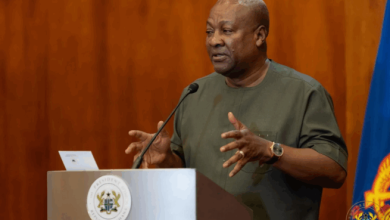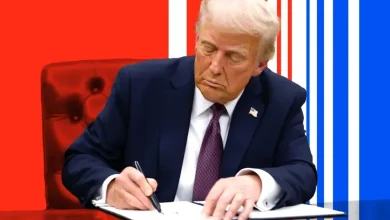Catalan Parliament votes to declare independence from Spain

Catalonia’s regional Parliament voted overwhelmingly Friday in favor of independence from Spain, taking the country’s political crisis into uncharted territory.
The vote came as the Spanish Senate debated the Madrid government’s unprecedented plans to seize control of the autonomous region in a bid to quash its independence bid.
Lawmakers voted in secret in the Catalan Parliament chamber after a heated debate on a motion “to form the Catalan Republic as an independent and sovereign state.”
The outcome: 70 votes in favor, 10 against and two blanks.
Opposition parties walked out of the chamber ahead of the vote.
The two parliamentary sessions were the culmination of a weeks-long standoff, which began on October 1 when Catalonia defied Madrid and held a banned referendum on independence, plunging Spain into its worst political crisis since the restoration of democracy in the 1970s.
Hopes for a resolution were dashed Thursday when Catalan President Carles Puigdemont backed away from a plan to call new elections himself, amid disagreement within his own party and pressure from opposing sides.
Pro-independence protesters gathered outside the Catalan Parliament on Friday cheered and waved the Catalan “Estelada” separatist flag as the result of the vote was announced.
Meanwhile, in Madrid, Spanish Prime Minister Mariano Rajoy urged the Spanish Senate to approve his government’s plans to dissolve the Catalan parliament, remove the region’s elected leaders as soon as possible and hold new elections.
This would be done under a never-before-used provision of the country’s constitution, Article 155.
Addressing the Senate on Friday, Rajoy said the rule of law had been “stomped on” in Catalonia and warned of a fracturing of society. “Exceptional measures need to be adopted when there are no other ways to go back to normality,” he said.
He proposed sacking the government of Catalonia and calling new elections, under the provisions of Article 155 of the Spanish constitution.
Those measures are “not against Catalonia but aiming to stop Catalonia being abused,” he said. “Not to suspend the autonomy of Catalonia but to consolidate it; not to cut back rights but to restore them to legality. What’s threatening Catalonia is not Article 155 but the behavior of the government of Catalonia.”
The Senate — where Rajoy’s Popular Party has a majority — will vote on the measures later.
Lack of guarantees
In a public statement made after a day of confusion in Barcelona, Puigdemont said he had considered the option of dissolving the regional Parliament and calling new elections.
But he had rejected the idea, he said Thursday, apparently because he could not obtain guarantees from the central government that it would not press ahead with a plan to impose direct rule on the region.
“My obligation and responsibility is to explore all the possibilities, absolutely all of them, to find a solution through dialogue, an agreed solution, to a political conflict that is of a democratic nature,” he said.
In a sign of the divisions within the regional government’s ranks, Catalan business minister Santi Vila — seen as a moderate who favored calling elections — resigned Thursday.
Amendments put forward
Under the plan proposed by Rajoy, Puigdemont, his vice president and ministers would be suspended and replaced by the administration in Madrid, where necessary, and new regional elections would be held within six months.
Two Spanish opposition parties, PSOE and Ciudadanos, have said they will back the Article 155 measures, according to Rajoy.
Three amendments put forward by PSOE before Friday’s debate could soften their impact, however. One amendment would allow Article 155 still to be suspended if new elections are called, while another would block a proposal to take control of the public media in Catalonia.
It’s not yet clear how quickly the measures would be implemented after the Senate approves the application of Article 155.
Source, BBC




